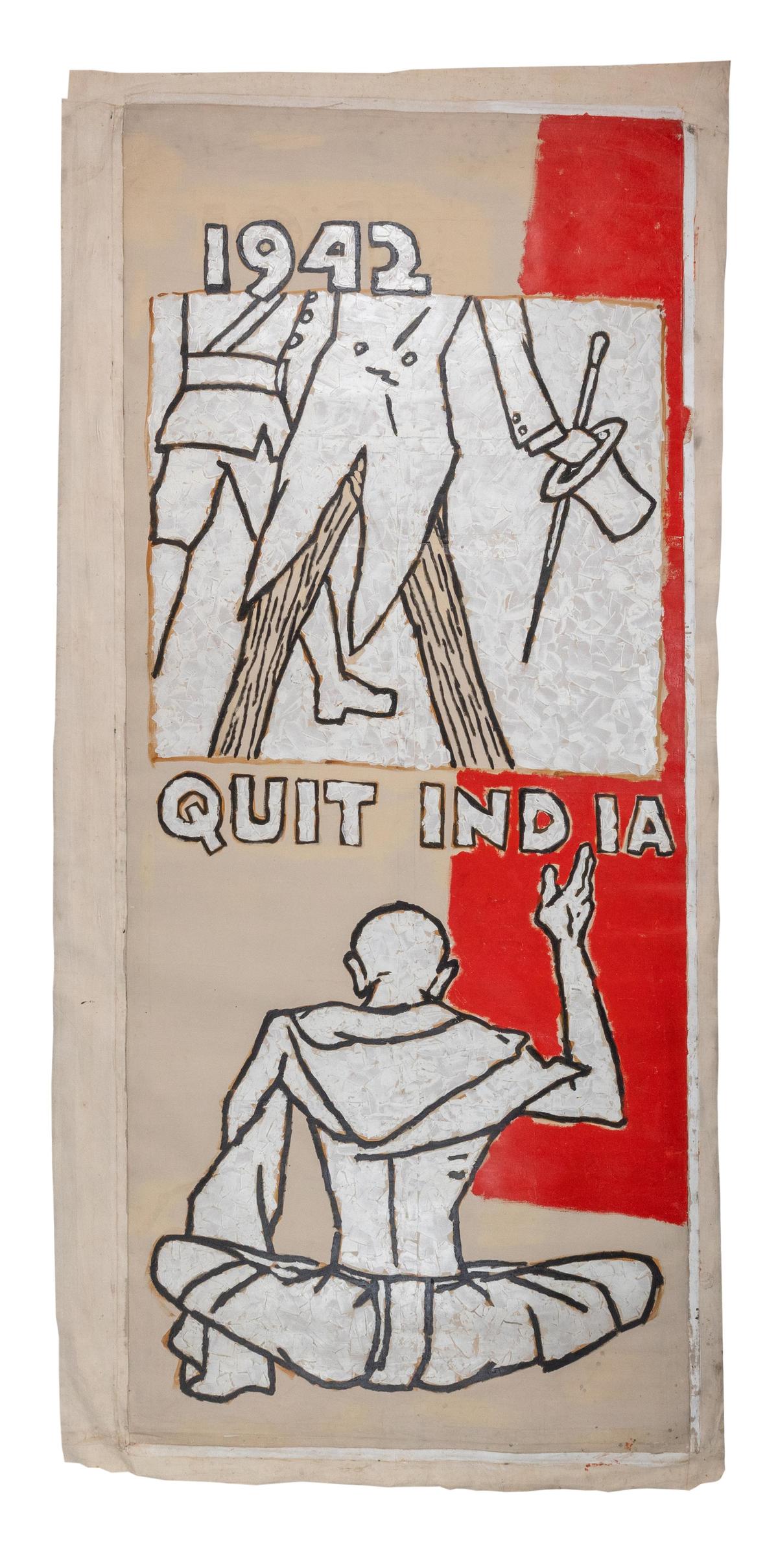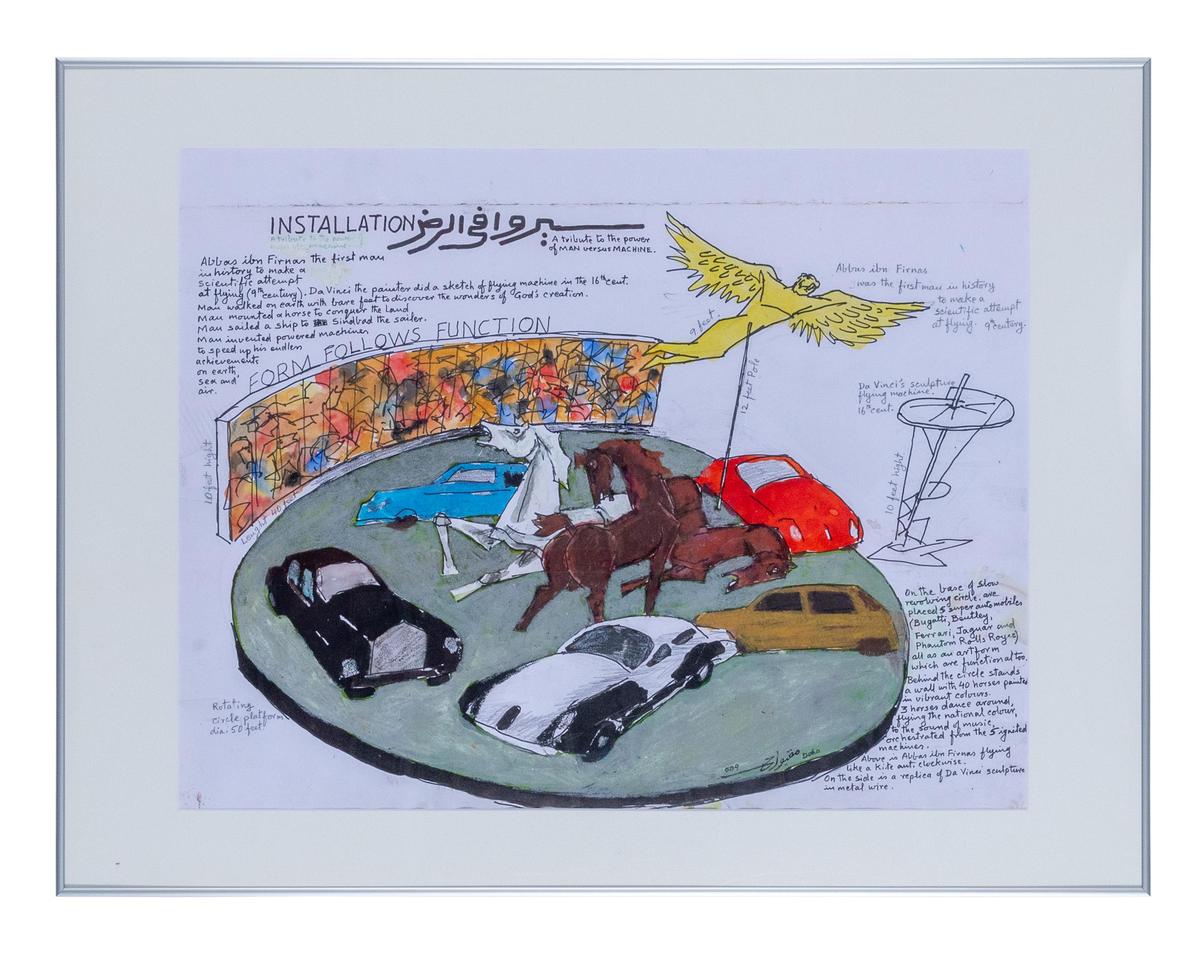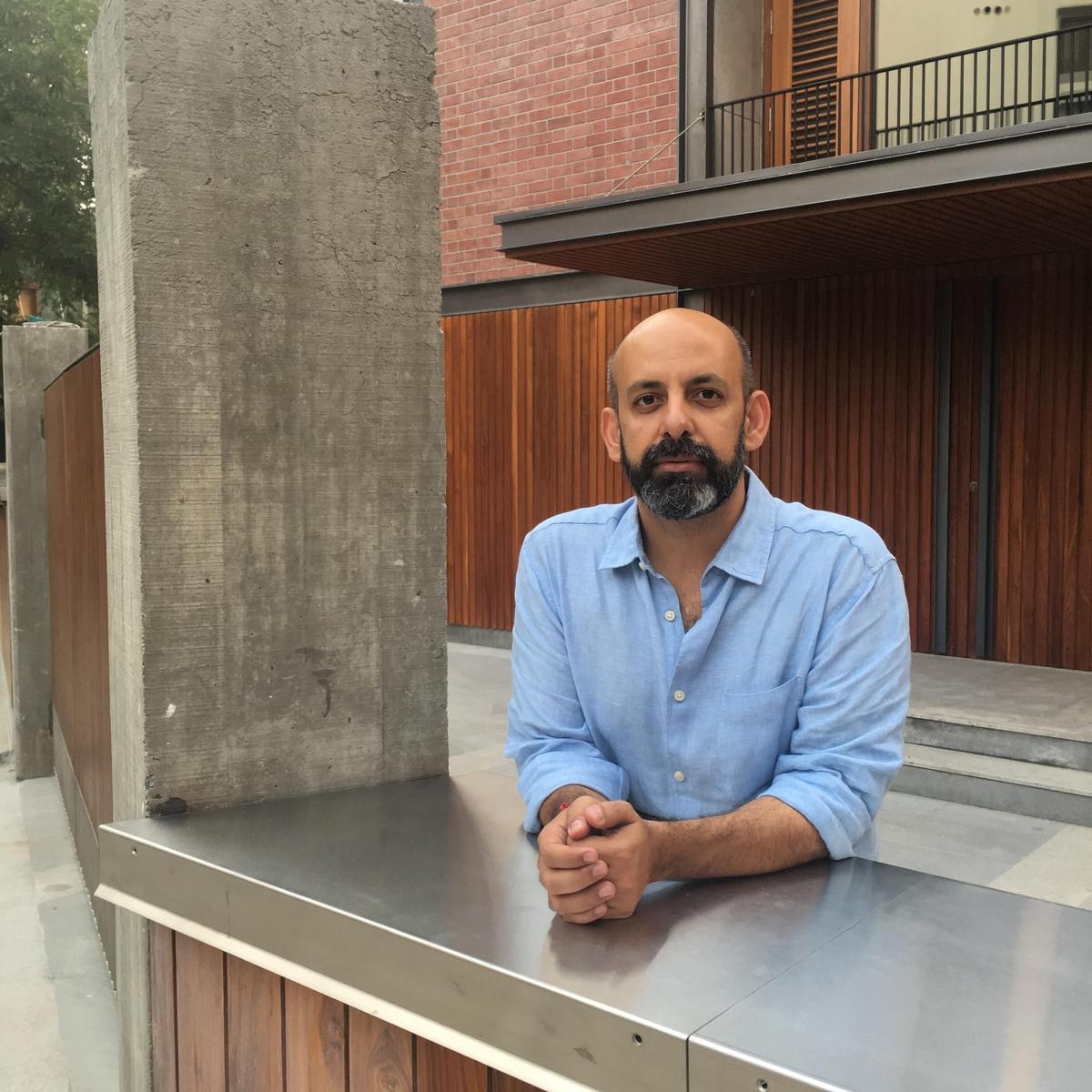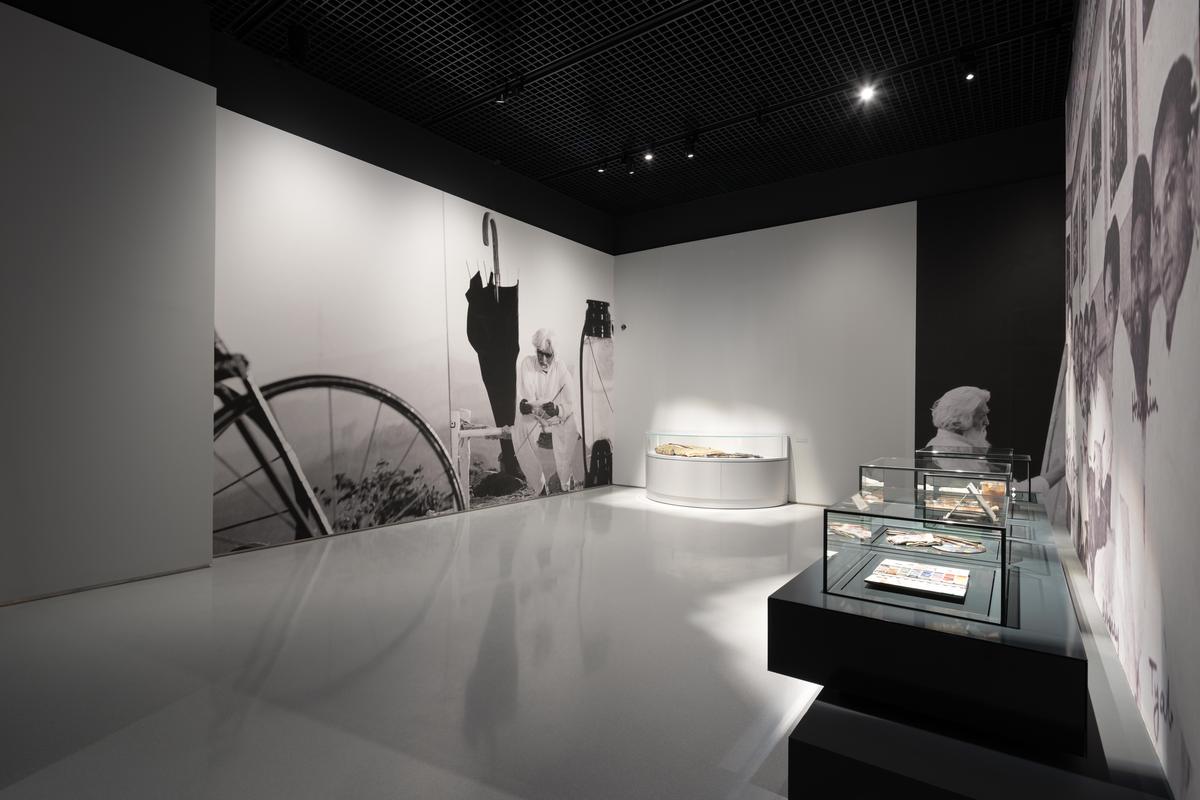The life of artist Maqbool Fida Husain is one that traces the great happenings on the Indian subcontinent for more than half a century. The year India was born, Husain, with a host of other famous artists in Bombay, such as FN Souza and SH Raza, founded the Progressive Artists Group that steered the direction of Indian art into a modernist era.
Husain died at 95, his nearly 40,000 artworks inspired by the rich heritage and culture of his mother country, long after he left its shores to find new homes and citizenship abroad. His works ranged from oil paintings, watercolours, lithographs, serigraphs, sculptures, and installations to poems in Urdu, Hindi and English, and films such as the 1967 Golden Bear-winner, Through the Eyes of a Painter.
As a tribute to the man who chose their country to explore his final artistic chapter, the Qatar Foundation (QF) in Qatar launched the Lawh Wa Qalam: MF Husain Museum on November 28. The foundation is a non-profit organisation founded in 1995 and supports sustainable human, social, and economic development through initiatives focussed on education, science and research, and community development.
Maqbool Fida in 2004 at the National Art Gallery in Mumbai
| Photo Credit:
AFP
Husain considered himself a global nomad — his works are found in galleries and private collections across the world, and often sold for phenomenal prices, but he came from obscure beginnings. He drifted in and out of his father’s life, having lost his mother young, and although he did study at Bombay’s famed Sir JJ School of Art, it was as a designer of toys and a cinema hoarding painter that he began his artistic life.

With the characteristic colours and strokes that defined his style, Husain, bearded and barefoot, held India close to his craft and explored its post-colonial transition, diversity, politics, cinema, popular lore, religions and mythological narratives on serialised life-size canvases, often in front of an audience. He was nominated to the Rajya Sabha and received two Padma awards, but some of his works drew the ire of right-wingers; it led to his self-exile and Qatari citizenship in 2010.

MF Husain’s Quit India Movement
| Photo Credit:
Qatar Foundation
Noof Mohammed, the museum’s curator and project manager, says, “Husain first visited Qatar in 1984 and exhibited alongside Qatari artist Yousef Ahmad. His 2007 visitduring the inauguration of the Museum of Islamic Art in Doha marked the beginning of a deep cultural connection with the country. Several of his commissioned works, including Cross-Cultural Dialogue and The Last Supper in Red Desert were featured. This not only introduced Husain’s art to audiences in Qatar but also laid the foundation for his enduring relationship with the nation. His time in the country was marked by prolific creativity, as he produced a significant body of work commissioned by Qatar’s cultural institutions.”

Curator Noof Mohammad
| Photo Credit:
Qatar Foundation
The 3,000 square metre museum located in Education City, Doha, will be the world’s first and largest, dedicated to tracing Husain’s artistic journey from the 1950s — the earliest work here is Dolls Wedding — until his death in 2011. It will have on display 147 works — paintings, films, tapestry, photography, poetry and installations, some presented through multimedia storytelling. A series of paintings commissioned by Sheikha Moza Bint Nasser, chairperson, QF, and inspired by the Arab civilisation, will also be on display.

Husain’s Seero fe al ardh
| Photo Credit:
Qatar Foundation
The museum will also encompass Husain’s final monumental kinetic installation — Seero fe al ardh, conceived in 2009 for QF — that unites a horse mosaic, sculptures of Abbas Ibn Firnas and Da Vinci’s flying machine, coloured glass horses, and vintage cars to celebrate humanity’s progress on earth.
“The museum delivers a 360-degree immersive and interactive experience, inviting audiences for free, schools and colleges to step inside the artist’s mind and explore the influences that shaped his expansive body of work,” says Noof, adding that the works have been sourced from QF’s collection. “Husain wrote Urdu poetry, and we’re hoping to include poetry readings as part of our outreach programmes. His poetry will also be available in the museum’s library.”

Architect Martand Khosla
| Photo Credit:
Dolly Singh
Husain’s works have not lost their India connect yet — the museum has been designed by Delhi-based Romi Khosla Design Studios helmed by Martand Khosla, a graduate of the Architectural Association School of Architecture, London. “We brought in my learnings at the school that boasts numerous Pritzker Architecture Prize awardees, the studio now in its 25th year, my experience as a teacher at Centre for Environmental Planning and Technology, and the numerous projects we have worked on, residential, institutional and commercial, to the table while designing for the museum,” says Martand.

“We were invited to make a proposal for a museum of this scale and the whole process took three-and-a-half years. We worked alongside a local architectural firm appointed by the client. Qatar has good guidelines for sustainable building.It was a challenge building in a place of extreme temperature where it’s 50 degrees on the outside but, on the inside, you have to maintain a cooler temperature, for both humans and the artworks,” says Martand, adding how the outside has glazed tiles to ward off the heat.

Inside the museum
| Photo Credit:
DANY EID
Another challenge was the control of natural light. “There are some areas that have controlled lighting but also spillage from natural light which we had to work around,” he says. “When you enter it’s through a cave-like structure before walking into the main concourse bathed in light and glazed tiles. There is some percolation of natural light onto the lower galleries, but on the upper ones it’s completely closed off, which then allows for the correct frequency of light on some artworks that are quite old.”
Designing also meant working with the museography team which had control over how the narrative flowed. “It was finally about: have we managed to tell the story of Husain well?”

Husain’s Dolls Wedding
| Photo Credit:
Qatar Foundation
Beyond the main galleries are the administrative offices, research and conference rooms, a cafeteria, and a restoration studio. A small museum shop sells Husain prints and memorabilia — a scene that instantly recalls Cinema Ghar in Hyderabad, where he once autographed a postcard of his Pieta for me.
Published – November 28, 2025 10:00 pm IST
www.thehindu.com (Article Sourced Website)
#Qatar #Foundation #opens #Lawh #Qalam #Husain #Museum #worlds #largest #famous #artist
